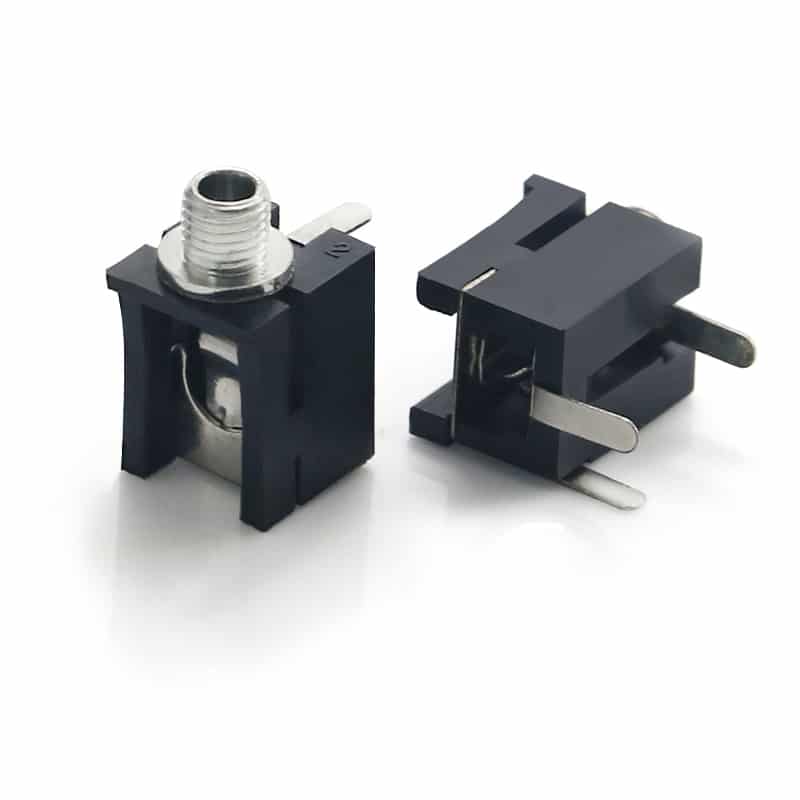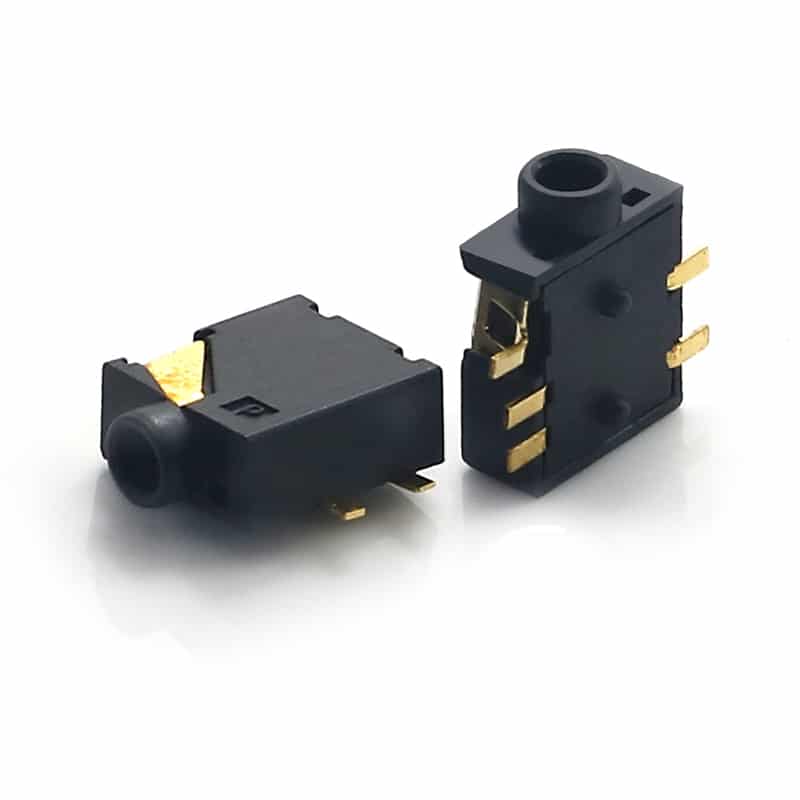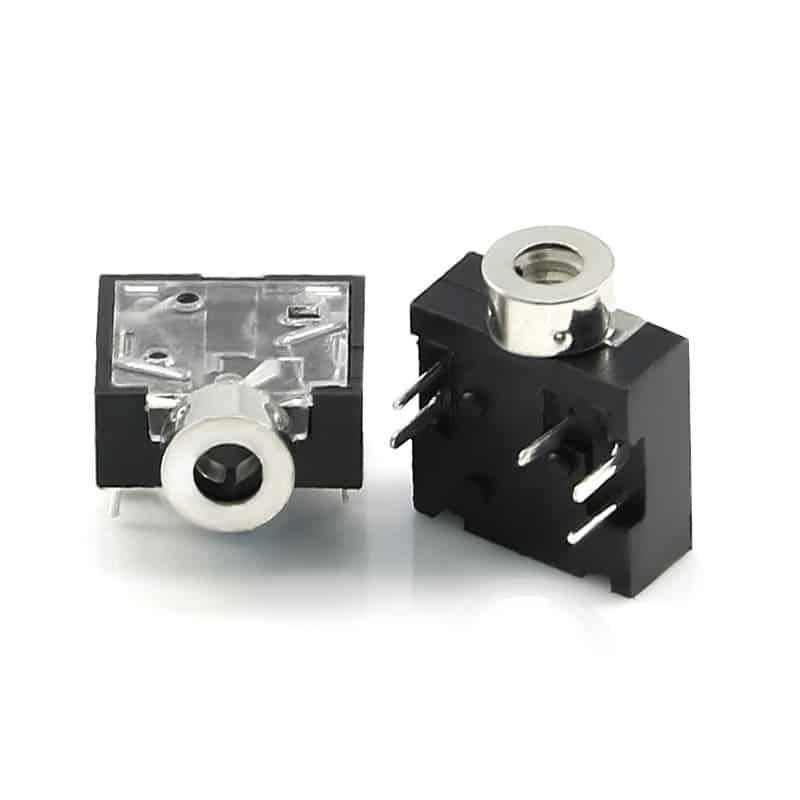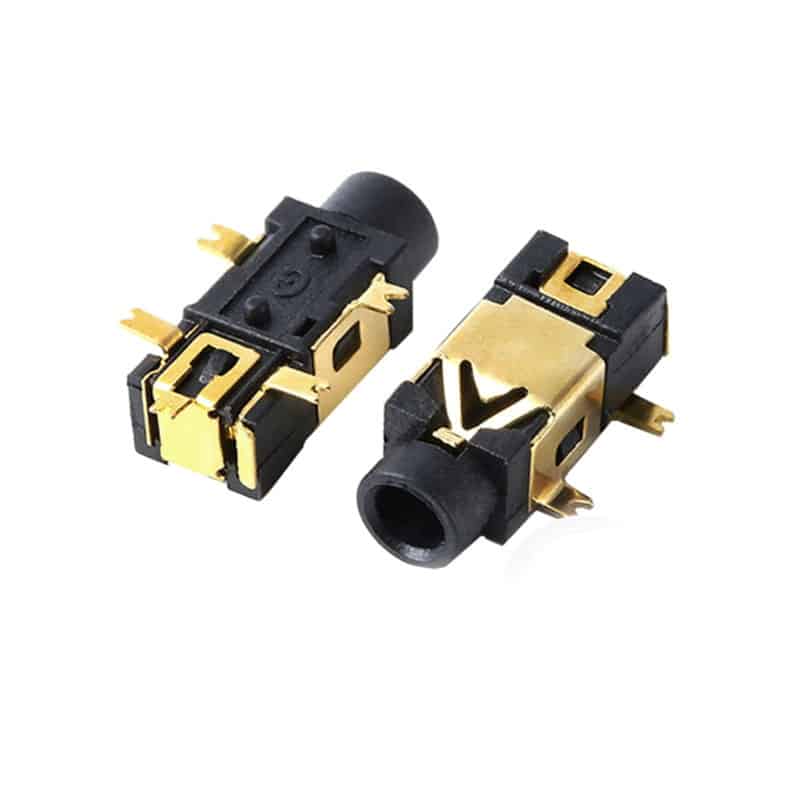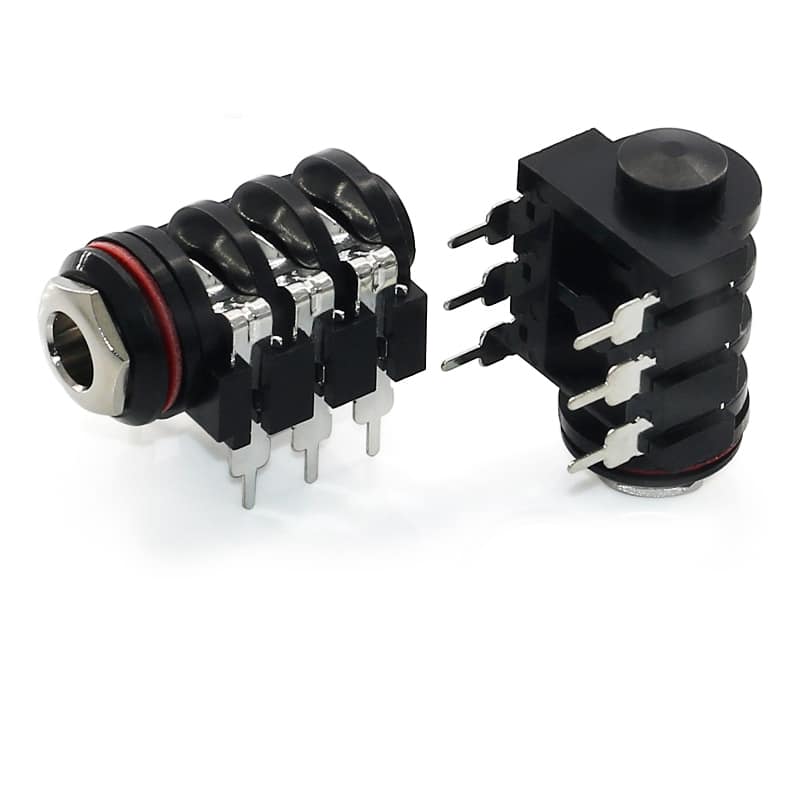
Phone Jack
An audio jack, also known as a headphone jack or aux jack, is a type of electrical connector used to transmit audio signals. The widespread adoption of audio jacks is due to their simplicity, affordability, and ability to transmit high-quality analog audio signals. The 3.5mm (1/8 inch) audio jack is the most common size, though other variants like the 6.35mm (1/4 inch) jack are also used in specific applications.
Features
Here are some features about phone jacks:
- History: The first telephone jack was invented in the late 1800s, shortly after the invention of the telephone itself. The modern RJ-11 jack was introduced in the 1970s.
- RJ-11 vs. RJ-14: While RJ-11 is the most common type of audio jack, there is also an RJ-14 variant, which has four conductors instead of two. RJ-14 jacks are often used for business phone systems.
- Modular design: Phone jacks are designed to be modular, making it easy to connect and disconnect devices without the need for tools.
- Wiring: A standard phone jack has two wires: the “tip” wire (red) and the “ring” wire (green). These wires carry the audio signal and power the phone.
- Compatibility: Phone headphone jack are widely compatible with various devices, including landline phones, modems, fax machines, and even some older computer systems.
- Obsolescence: With the rise of VoIP (Voice over Internet Protocol) technology and mobile phones, traditional phone jacks are becoming less common in modern homes and offices.
- Other uses: Phone jacks can be repurposed for other applications, such as connecting audio equipment or even building DIY electronics projects.
Applications
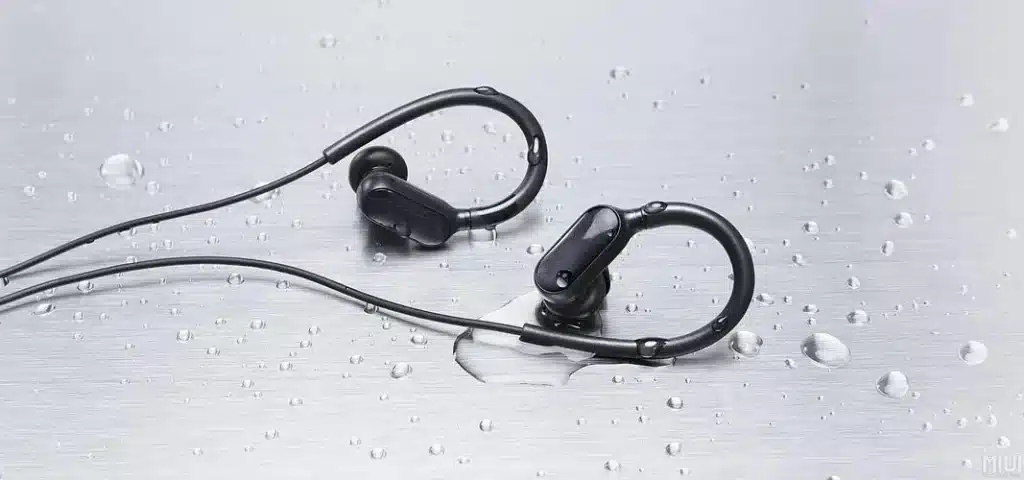
It is commonly found on a variety of electronic devices, and has several important applications:
Headphones and Earphones
External Speakers
Auxiliary Audio Input
Audio Interfaces
Diagnostics and Testing
Know More
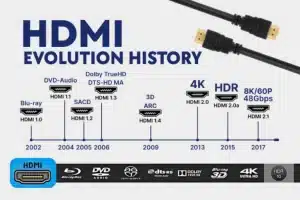
Understanding HDMI: The Vast World Behind a Tiny Interface in 2025
In today’s digital age, whether it’s home theater, office presentations, or gaming entertainment, we encounter this seemingly ordinary yet crucial interface almost every day. According to statistics, by the end of 2022, global HDMI device shipments had reached nearly

